Harry Schumacher is a Dutch artist who makes both 3D installations and 2D mixed media work using felt and lead. Harry creates an alternate world through his work, using repeated elements to express his ideas of humanity and nature. He studied at the Academy of Arts in Rotterdam.
In our interview with Harry we discuss his identity as an artist, the importance of experimentation as well as taking a closer look at his processes and work.
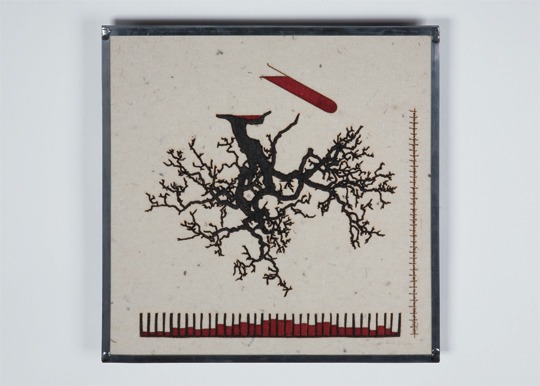
Salvation for nature
TextileArtist.org: In general, what do you do and why? What is the overall message in your work.
Harry Schumacher: When man looks at nature it will always be from the point of view of mankind, with a hidden agenda. We see nature as a laboratory for our own needs, only wanting to preserve it if it’s to our advantage. I often use (the colour of) blood in my work because it is symbolic of alarm. The strange combination of blood and trees expresses our incapacity to determine the wound.
The installations deal with the restraints that prevent a complete development of what we could be as human beings. The essence of these restraints are the result of our separation from nature – although we are still a part of it. Because of the complexity of social structures, people rely on reason rather than feelings. A balance between the two should be the goal, just relying on reason persists in the detachment from nature. Our arrogance leads us to believe that salvation for nature means the subjugation of humanity. Instead the answer should be a return to nature.
Where does the textile fit in?
The funny thing is that I don’t see myself as an textile artist. The concept is more important than the material. The material follows the ideas and I first got into felt making whilst creating my installation ‘Parasite’.
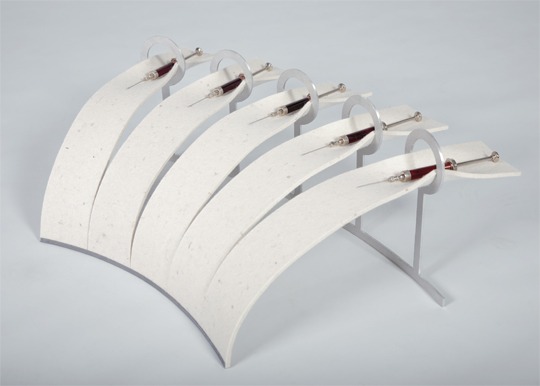
For this installation the overall idea was to create an anatomical theatre. Instead of a corpse, a branch is analysed. I didn’t want to use a hard material to rest the syringes, so I created a sort of bed for them. The most suited material for this was felt.
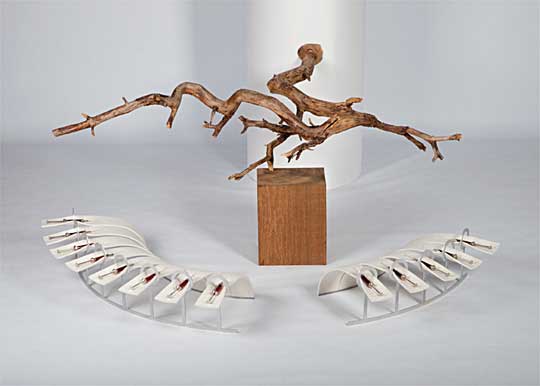
I got some remnant pieces of felt and after the installation was finished I started to experiment with what was left for 2D works in the same atmosphere as the 3D works. I was looking to make 2D works to be more flexible, to tell an overall story of which the separate pieces are only elements. Again the felt provides an interesting contrast next to the strict pictograms and the lead borders.
Do you use a sketchbook for your drawings?
Instead of a sketchbook I use sheets of paper. I’m working on several pieces at the same time and it’s more flexible for me to combine ideas. I also use a lot of transparant paper to draw combinations over and over again, until I’m satisfied.

Expressing the ideas in my head
How would you describe the technique in your 2D work?
Almost all my drawings are initially made by hand. They’re scanned into the computer and then a laser engraves them into felt. The sides are scorched which allows the fillings to be tight – it creates borders. The parts with black ink are filled in with a fountain pen, which damages the surface and creates relief. The black parts become like cushions on the felt. To fill in the other parts a lot of different materials are used, best described as mixed media. The frame is made of lead and then they are mounted on fibreboard to keep it an inch off the wall and to make the whole thing firm.
What piece of equipment or tool could you not live without?
For me art is about expressing the ideas in my head. It will always be the translation of abstract idea into a concrete sculpture or image. By experimenting a lot, I’ve found materials and techniques that come closest to the abstract idea. I guess I will find a substitute if something will be no longer available.
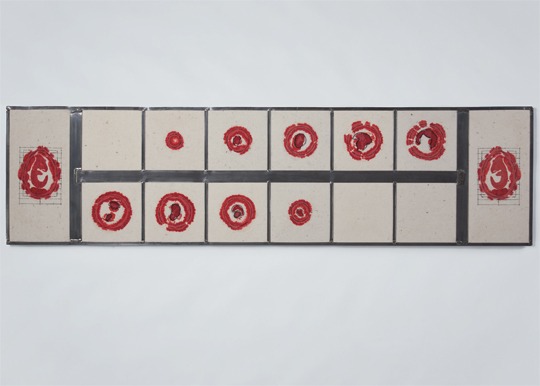
What resources do you use?
In my work there is a lot of medical equipment. For me it’s a good thing to research how the equipment looks in reality to be able to make a choice of how I want it to look in the drawings. If it’s not accurate in my drawings, there is a reason for it.
I use the internet a lot to find images and it also inspires me to combine these with other found imagery. I also use nature, medical journals, national geographic, discovery channel, and just looking around to see how odd people behave.
What was your route to becoming an artist?
At the academy I studied Interior Architecture and then worked in this field at several studios as well as my own for more than ten years. The work I made went in a more autonomous direction and five years ago I plucked up the courage to call myself an artist, simply because it’s the closest description of what I’m doing. I won a commission for an art project, and decided that this was to be the turning point.
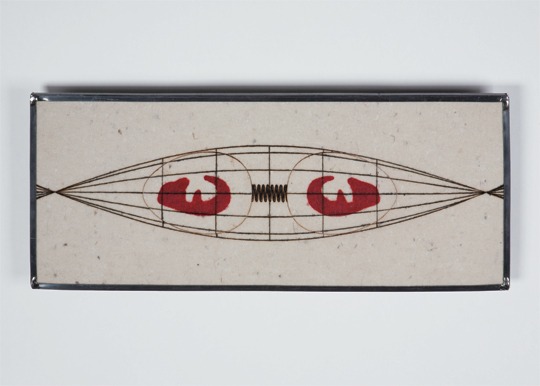
Time to experiment
How do you go about choosing where to show your work?
Most of the time if it feels good I will do it, sometimes it’s good to estimate the time and energy it costs. If you have to do the promotion yourself it could take a lot of your time. Recently I found a gallery to represent me and that should take a lot of work off my hands. It’s a good thing that nowadays it’s not that expensive to ship and insure work to exhibit internationally. Let me know if something comes up.
What advice would you give to an aspiring textile artist?
Keep the things you make close to yourself. Maybe you call it art. Maybe other people call it art. In the end that’s not important. If you really want to be autonomous it’s not about what other people expect you to make. Make free time to experiment – it won’t give you results in the short term, but it will provide continuous development in the long term. And it keeps things more interesting for yourself, instead of repetition. Good documentation of your experiments is very important. It’s the ultimate disappointment if you create something you can use, but can not repeat the process.
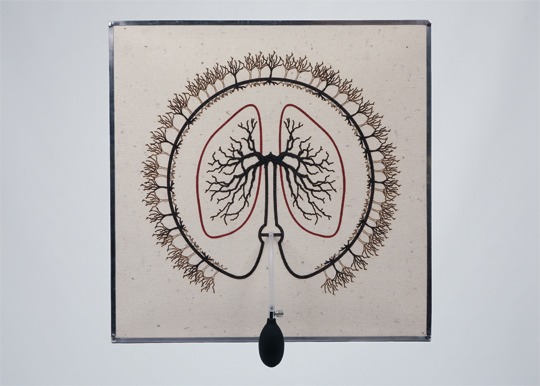
Where do you think your work fits within the sphere of contemporary art?
I really don’t know… I hope contemporary art is as diverse as it should be to allow me to be part of it. I’m doing my thing and if (art) people appreciate it, I’m happy. But if they don’t, it won’t change what I’m making. It just means I need a separate life to provide the basics to survive. Perhaps if your work fits in, it’s not that original…
For more information on Harry Schumacher check out his website: illusha.nl
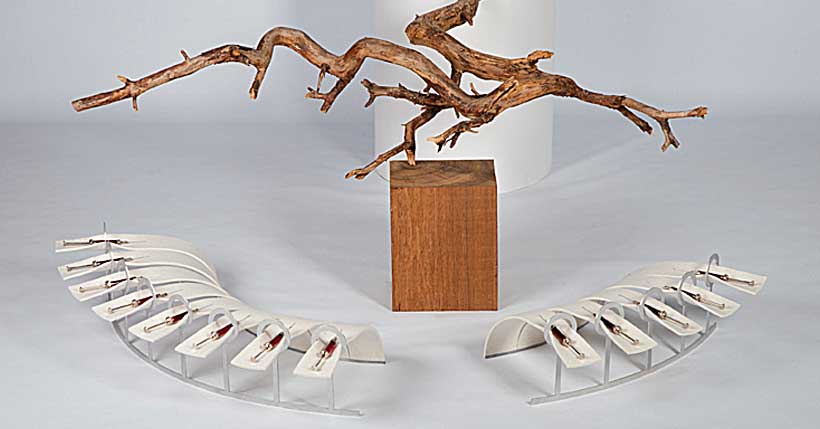

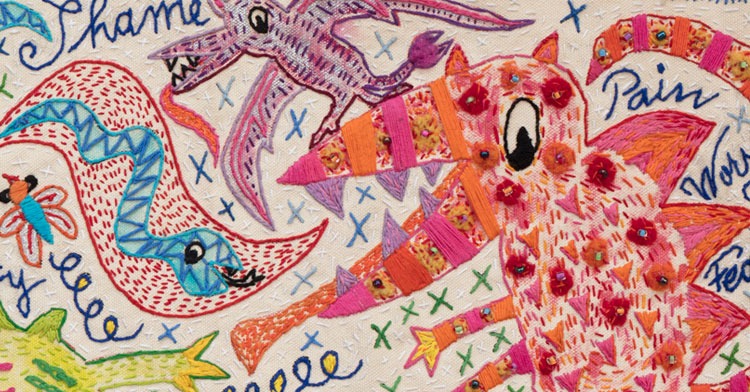
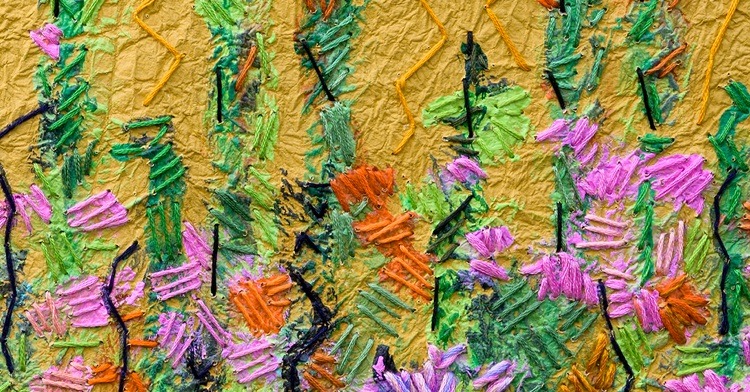
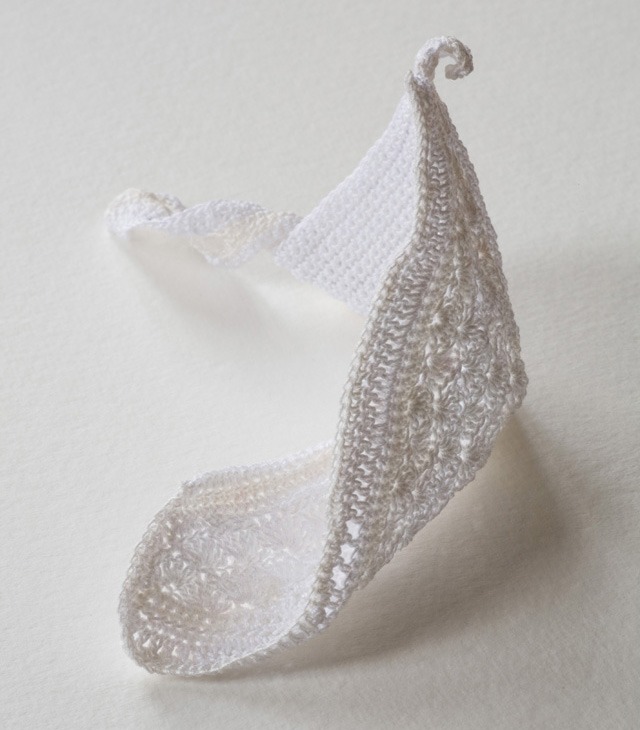
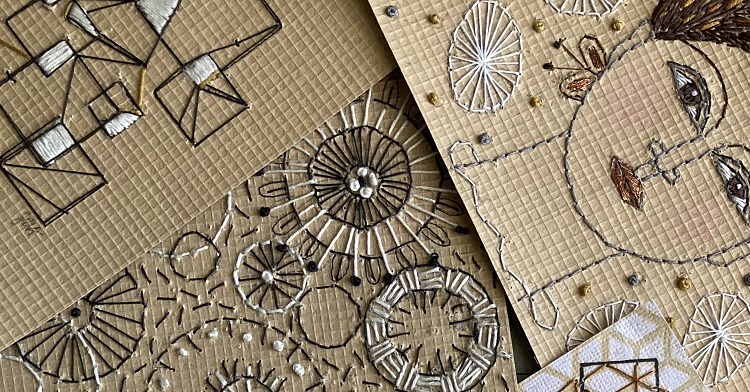
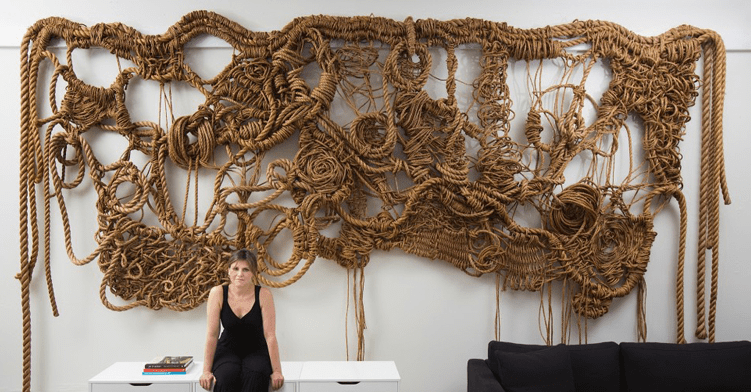
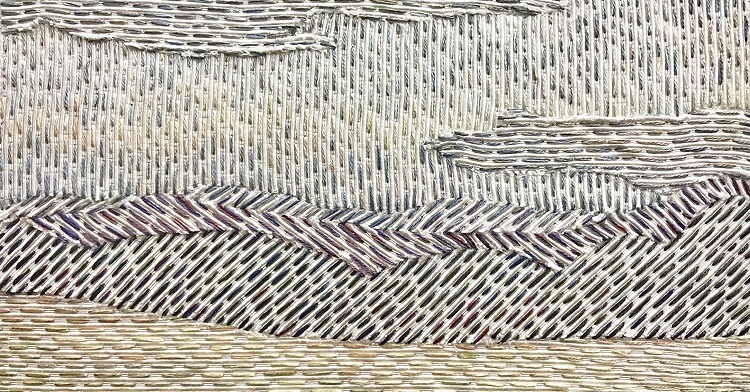
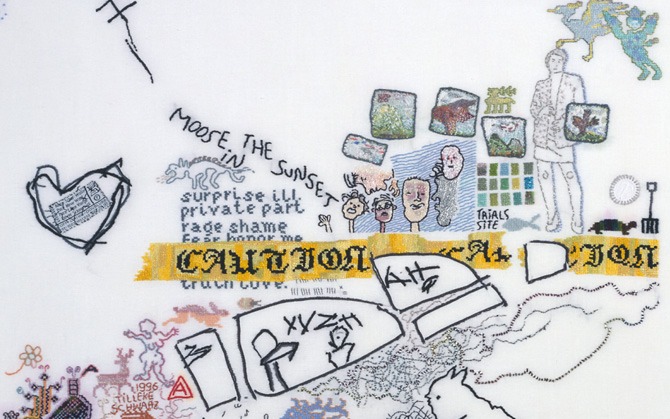
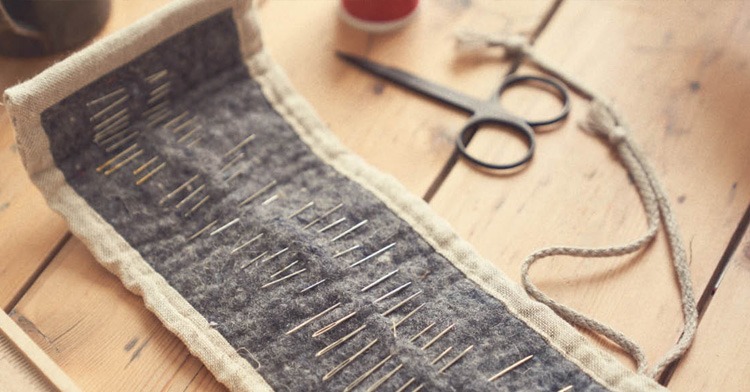
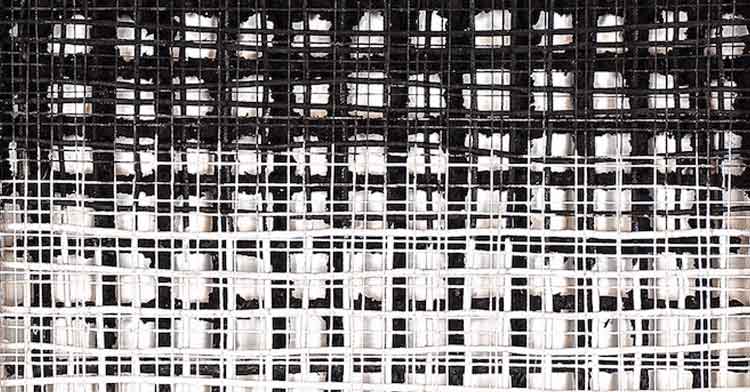
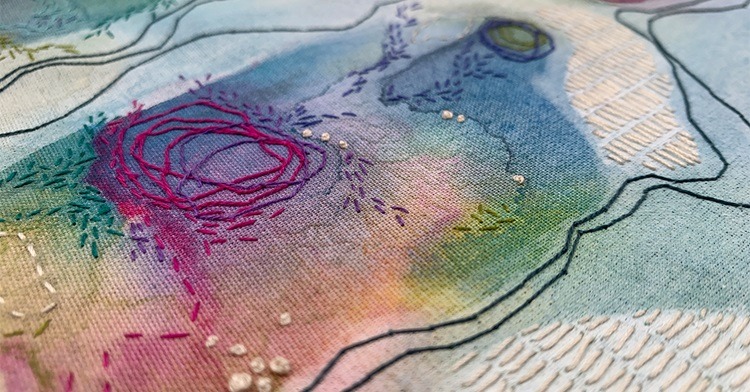
Comments